Upcoming and past lectures held at the colloquium
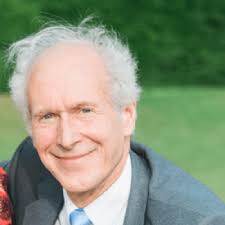
About the lecturer: Professor Bingham earned a First-Class Honours degree from Trinity College, Oxford, and a Ph.D. from Churchill College, Cambridge, in 1969, where he was a student of David George Kendall. Throughout his distinguished career, he has held professorships at institutions including Royal Holloway, Bedford New College, and Birkbeck College at the University of London, as well as Brunel University, the University of Sheffield, Imperial College London, and the London School of Economics. In these roles, he has made profound contributions to probability, analysis, and statistics. He is the co-author of several seminal books, such as the field-defining treatise Regular Variation, the highly influential Risk-Neutral Valuation on financial derivatives, and the rigorous statistical text Regression. Beyond his research, he has given decades of service to the community, serving as an editor for several journals on probability and analysis and supervising several Ph.D. students. Currently an Emeritus Professor at Imperial College London, Professor Bingham continues his active presence in research.
Lecture abstract: Baire category stems from René Baire in 1899; Lebesgue measure stems from Henri Lebesgue in 1903. The first is topological, the second is measure-theoretic. The similarities between the two were the theme of the lovely book by John C. Oxtoby, Measure and category: A survey of the analogies between topological and measure spaces (Springer, Grad. Texts in Math. 2, 1971, 1980); see especially Ch. 19, The Sierpiński-Erdős duality theorem. To these authors, it was measure that was primary, witness the order in their title. The opposite view is taken in the recent book, N. H. Bingham and Adam J. Ostaszewski, Category and measure: Infinite combinatorics, topology and groups, Cambridge Tracts in Math. 233, Cambridge University Press, 2025. A key role is played by the density topology (a fine topology — a refinement of the usual Euclidean topology). We develop the qualitative measure properties here, and their Baire analogues, by working bitopologically — switching between the Euclidean and the density topologies. Probing the contrasts leads one into foundational questions in set theory and mathematical logic.
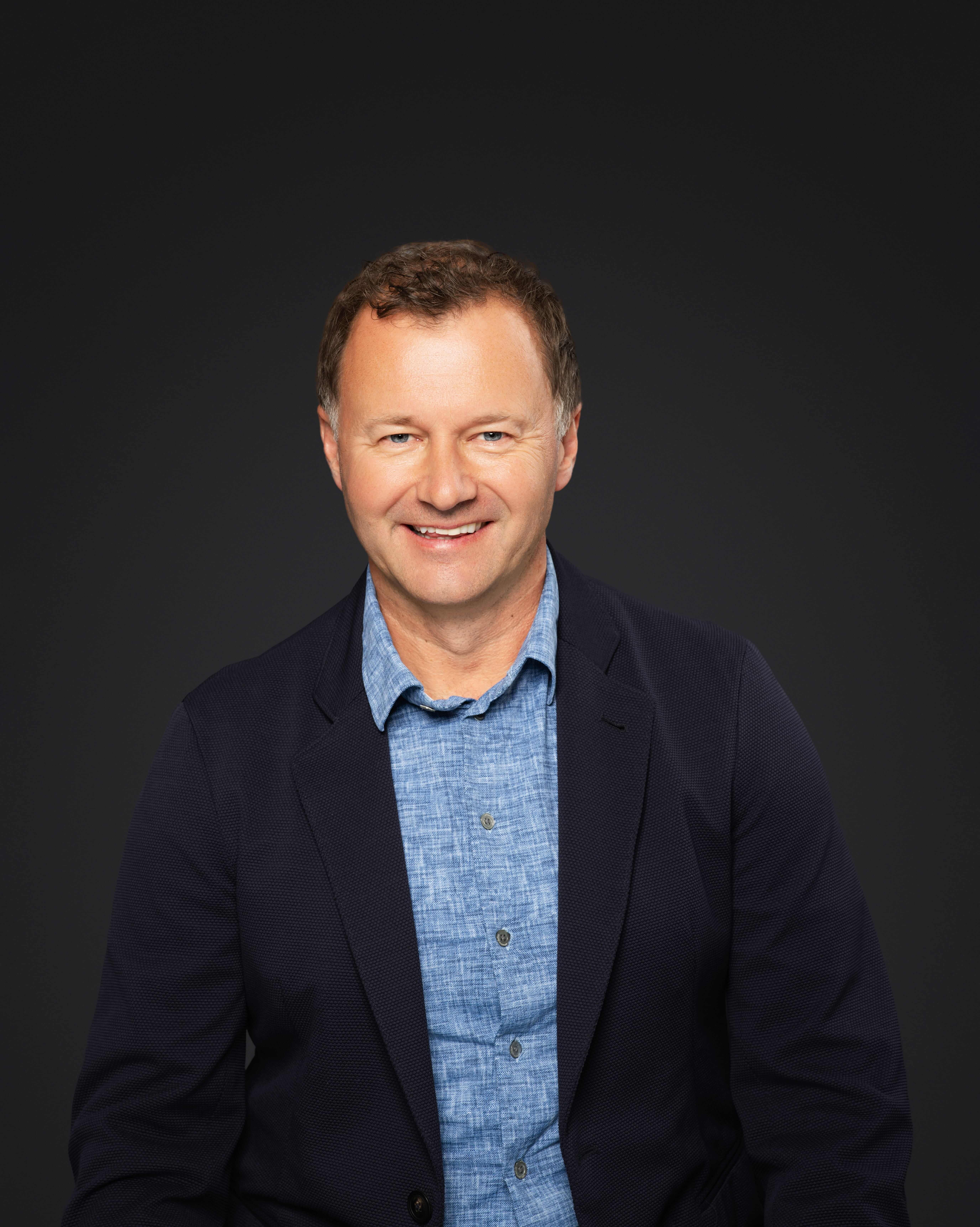
About the lecturer: Professor Mezic works in the field dynamical systems, control theory and applications in artificial intelligence. He did his Ph. D. in Dynamical Systems at the California Institute of Technology. Dr. Mezic was a postdoctoral researcher at the Mathematics Institute, University of Warwick, UK in 1994-95. From 1995 to 1999 he was a member of College of Engineering at the University of California, Santa Barbara where he is currently a Distinguished Professor. In 2000-2001 he has worked as an Associate Professor at Harvard University in the Division of Engineering and Applied Sciences. He won the Alfred P. Sloan Fellowship in Mathematics, NSF CAREER Award from the National Science Foundation and the George S. Axelby Outstanding Paper Award from IEEE. He also won the United Technologies Senior Vice President for Science and Technology Special Achievement Prize in 2007. For his work on analysis and control of complex systems, he was named Fellow of the American Physical Society, Fellow of the Society for Industrial and Applied Mathematics and Fellow of the Institute of Electrical and Electronics Engineers. He is the recipient of the 2021 J. D. Crawford SIAM Prize, awarded once in two years to a researcher in Dynamical Systems.
Lecture abstract: The Koopman operator, invented in 1931, initially provided a rich framework for ergodic theory, a part of dynamical systems that aims to describe their statistical properties. Its connections with nonequilibrium statistical mechanics made it a useful tool in physics and chemistry. In recent years, its use in machine learning is becoming widespread. I will discuss its mathematical underpinnings with an emphasis on functional space constructions. The interplay of spectral reduction theory and geometrical dynamical systems theory yields a fascinating merger of concepts from two seemingly disparate mathematical fields that will be described. I will also present the associated applications and extensions that made Koopman operator theory an essential tool in modern AI. Literature: Mezić, I., 2021. Koopman operator, geometry, and learning of dynamical systems. Not. Am. Math. Soc, 68(7), pp.1087-1105. Acknowledgement: Support from ARO, AFOSR, DARPA, NSF and ONR is gratefully acknowledged.
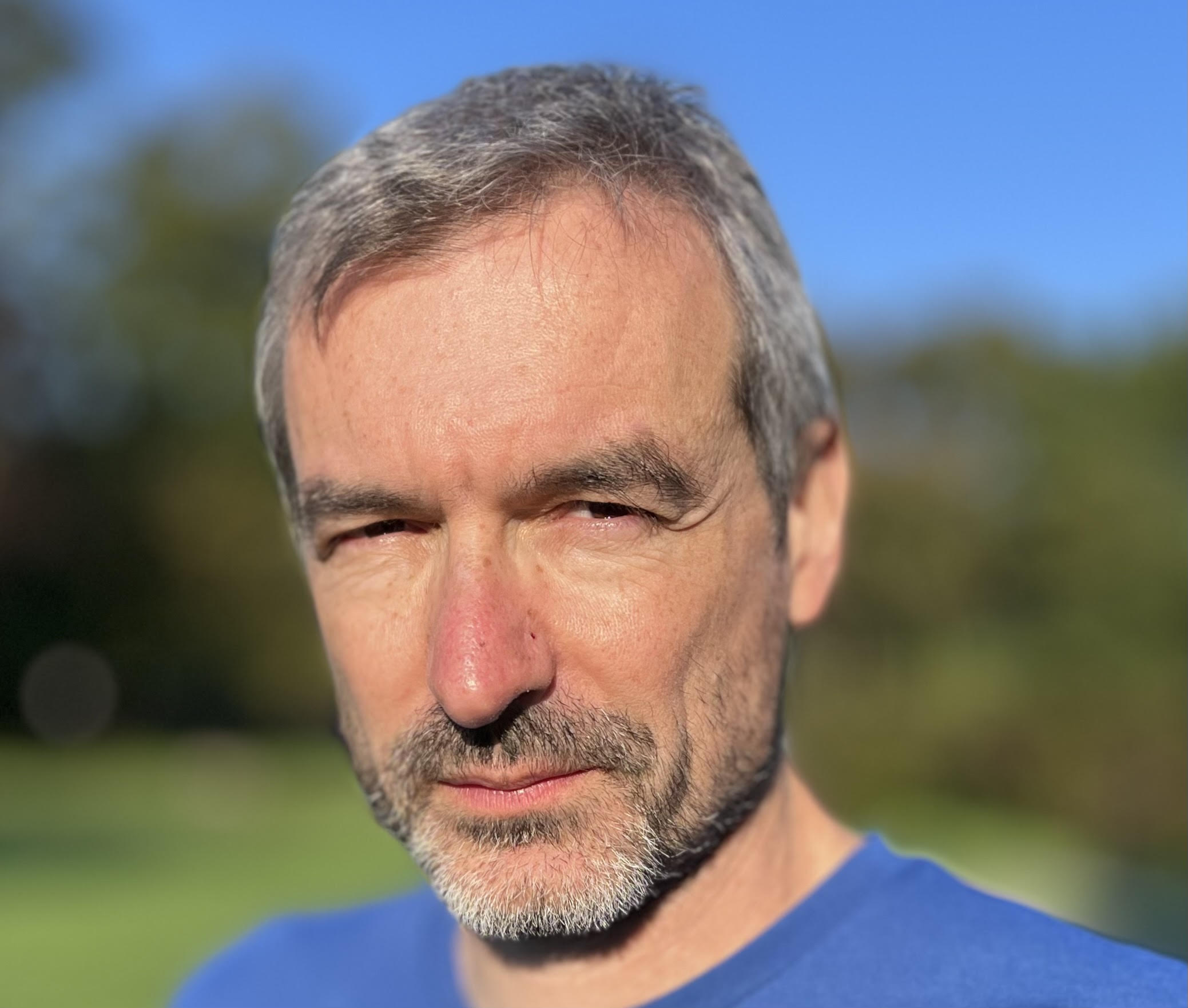
About the lecturer: Dennis Gaitsgory is among the leading mathematicians of today, whose work centers around the geometric Langlands program. In 1968 Langlands formulated a series of conjectures connecting number theory, modular functions and representation theory. Advanced methods coming from algebraic geometry have allowed for the recent breakthroughs in the geometric version of Lang-lands conjectures, which also has deep connections with quantum field theory. The beginning phase in the study of geometric Langlands correspondence was aimed at proving a specific construction of automorphic forms, culminating in a paper by E. Frenkel, D. Gaitsgory and K. Vilonen, published in the Journal of American Mathematical Society in 2002, and a separate 2004 paper published in the Annals of Mathematics. In the second phase the emphasis shifted to-wards proving a conjecture of Beilinson and Drinfeld regarding the complete equivalence of data coming from arithmetic and automorphic sides. This was finally achieved twenty years later by a group of young mathematicians led by Gaitsgory (Arinkin, Beraldo, Campbell, Chen, Faergeman, Lin, Raskin and Rozenblyum). Gaitsgory received his doctorate from Tel Aviv University (Israel), where he studied under Joseph Bernstein. Prior to his current position as a director at the Max Planck Institute for Mathematics in Bonn, he was a professor at Harvard University and Israel Gelfand Chair at IHES. He has been awarded the prize of the European Mathematical Society and the Chevalley prize in Lie theory for his work. He is a member of the National Academy of Sciences and has mentored 12 PhD students. As a part of his ongoing efforts in bringing more visibility to the geometric Langlands program, he coauthored a 1425-page book together with J. Lurie and N. Rozenblyum.
Lecture abstract: I’ll review the various forms of the geometric Langlands conjecture, and outline the main ideas involved in the proof. This is a joint work with D. Arinkin, D. Beraldo, J. Campbell, L. Chen, J. Faergeman, K. Lin, S. Raskin and N. Rozenblyum.
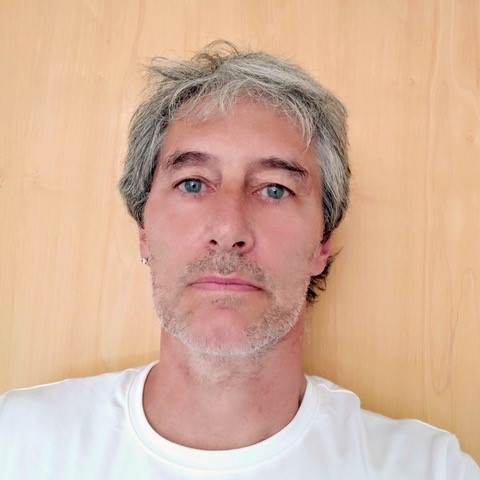
About the lecturer: Jean Bertoin is a leading expert in several branches of probability theory. His books Lévy processes (1996) and Random fragmentation and coagulation processes (2006) have been used worldwide as standard references and graduate textbooks. Professor Bertoin obtained doctorate from Université Pierre et Marie Curie (Paris VI) in 1987 under the supervision of Marc Yor. He received numerous awards for his work, including the Rollo Davidson Prize (awarded to early career probabilists) in 1996, an invited talk at the International Congress of Mathematicians in Beijing in 2002, and an invited address at the European Congress of Mathematics in Kraków in 2012. He is currently a professor at the University of Zurich, where he assumed the position about ten years ago. Professor Bertoin’s work has a major impact on both theoretical and applied probability. Math genealogy webpage currently lists 29 of his graduate students and 57 descendants.
Lecture abstract: After a brief introduction to the notion of reinforcement for stochastic processes, we will focus on branching processes, viewed as basic population models. In a classical Galton-Watson process individuals reproduce independently one from the others and according to a fixed reproduction law ν. The reinforced version depends on a memory parameter q∈(0,1). The number of children of a typical individual is then either, with probability q, the same as that of one of its forebears picked at random, or with complementary probability 1-q, given by an independent sample from ν. We estimate the average size of the population at a large generation. Our approach uses a remarkable non-linear differential equation and the analysis of singularities; it owes much to works by Flajolet and co-authors. The lecture is based on joint works with Bastien Mallein (Université Toulouse).

About the lecturer: Suncica Canic earned her Ph.D. in 1992 in the area of nonlinear hyperbolic conservation laws from the Department of Applied Mathematics and Statistics at the State University of New York in Stony Brook under the supervision of James Glimm and Bradley Plohr. Upon her move to the University of Houston in 1999, she began collaborating with several medical specialists at the Texas Medical Center in Houston on problems related to cardiovascular treatment and diagnosis. She was honored for her research by the National Science Foundation as Distinguished MPS (Mathematical and Physical Sciences) Lecturer in 2007, she received the US Congressional Recognition for Top Women in Technology in 2006, and the most prestigious award at the University of Houston, the Esther Farfel Award in 2018. Canic was also invited to present a Congressional Briefing on Applied Mathematics, on Capitol Hill on December 6th, 2011. In 2014 she was elected Fellow of the Society for Industrial and Applied Mathematics (SIAM) for her “contributions to the modeling and analysis of partial differential equations motivated by applications in the life sciences.” In 2020, Canic was elected Fellow of the American Mathematical Society for her “distinguished contributions to mathematics.” Canic moved to UC Berkeley’s Mathematics Department in the Fall of 2018, and is currently serving as Full Professor there. In 2024 Canic received the AWM-SIAM Sonia Kovalevsky Lecture Prize and the same year she was elected Corresponding Member of the Croatian Academy of Sciences and Art. Canic ‘s current research interests include analysis and numerical simulation of partial differential equations with application to problems in medicine, active materials, and more generally mathematical physics.
Lecture abstract: It is a great honor to deliver this lecture in recognition of Professor Sibe Mardesić’s significant contributions to topology, dimension theory, shape theory, homotopy theory, mathematics education, and the global visibility of the Mathematics Department at the University of Zagreb. In this talk, I will review recent advancements in the analysis of partial differential equations and the development of numerical methods for studying a class of fluid-structure interaction problems inspired by the science-fiction-like challenge of designing bioartificial organs. We will explore a new class of mathematical models involving multi-layered (encapsulated) poroelastic media interacting with blood flow, simulating encapsulated transplanted cells in the design of a bioartificial pancreas. I will present our latest analytical results proving the existence of solutions to these linear and nonlinear models and their continuous dependence on the data. The talk will conclude with a demonstration of how our numerical simulations have significantly contributed to the design of a bioartificial pancreas for the treatment of Type 1 and Type 2 diabetes. This work is a collaborative effort with Martina Bukač (Notre Dame University), Boris Muha (University of Zagreb), Shuvo Roy (Director of the Biodesign Laboratory at UCSF), Jeffrey Kuan (University of Maryland), Yifan Wang (Texas Tech), Justin Webster (University of Maryland), and Lorena Bociu (NC State).
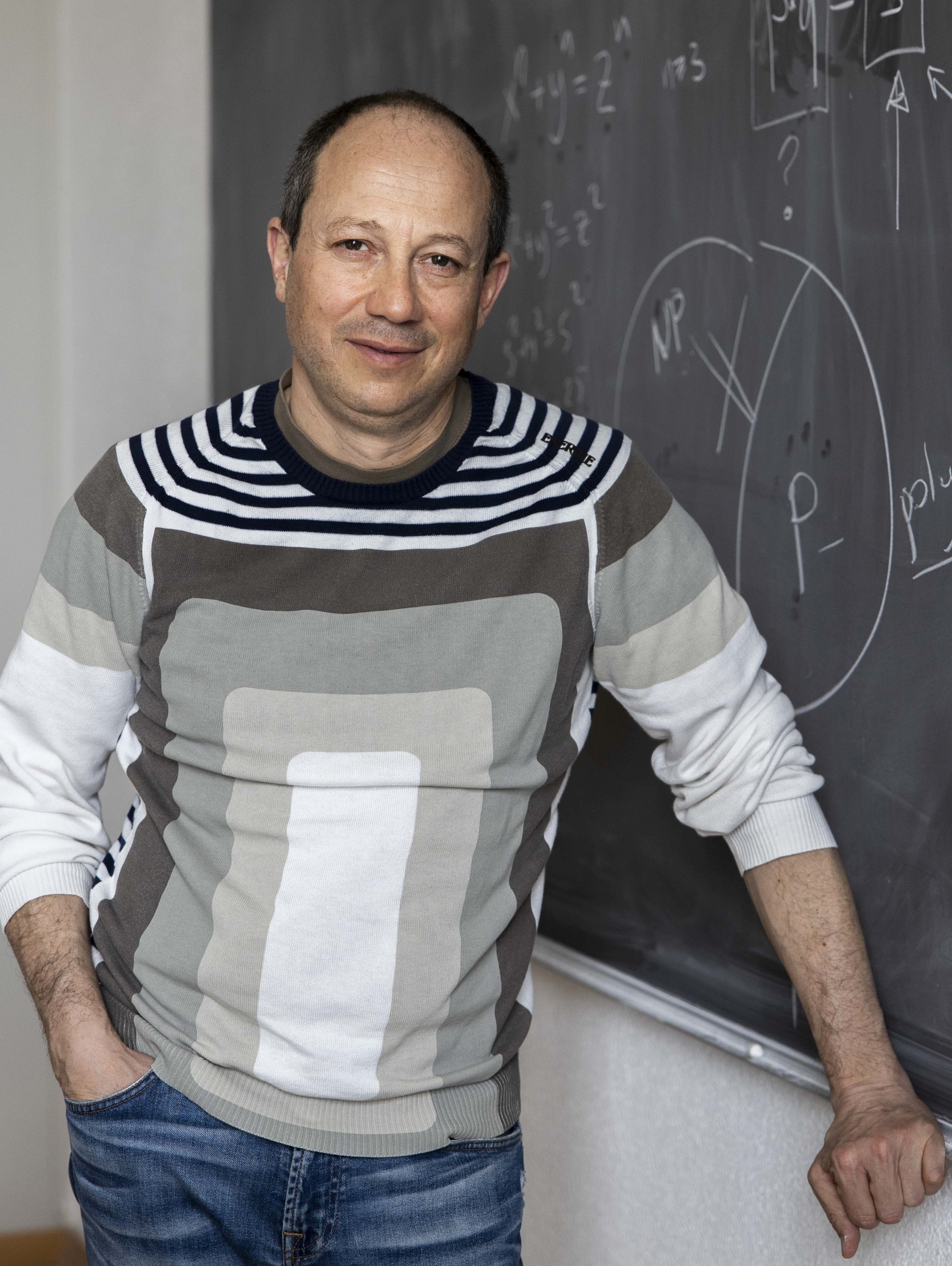
About the lecturer: Benny Sudakov received Ph.D. in 1999 from Tel Aviv University under the supervision of Noga Alon. He was an instructor and an assistant professor at Princeton University and a professor at University of California, Los Angeles. He is currently a Professor of Mathematics at ETH in Zürich. He has versatile mathematical interests, solving open problems and publishing papers in extremal combinatorics, graph and hypergraph theory, Ramsey theory, random structures, and applications of combinatorics in computer science. He received many awards and distinctions for his work. He was an invited speaker at the International Congress of Mathematicians in Hyderabad in 2010. He is a Fellow of the AMS (since 2012) and a member of the Academia Europaea (since 2019). He will also be a plenary speaker at the European Congress of Mathematics in Sevilla this year. The arXiv server hosts 275 of his research papers and preprints, his Google scholar page counts more than 10,000 citations, while Math genealogy list 16 of his finished graduate students, several of them born in Croatia.
Lecture abstract: Every large system, chaotic as it may be, contains a well-organized subsystem. This phenomenon is truly ubiquitous and manifests itself in different mathematical areas. One of the central problems in extremal combinatorics, which was extensively studied in the last hundred years, is to estimate how large a graph/hypergraph needs to be to guarantee the emergence of such well-organized substructures. In the first part of this talk we will give an introduction to this topic, mentioning some classical results as well as a few applications to other areas of mathematics. Then we discuss the recent solution (with Oliver Janzer) of the following fundamental problem, posed by Erdős and Sauer about 50 years ago: How many edges on n vertices force the existence of an r-regular subgraph (r>2)? Our proof uses algebraic and probabilistic tools, building on earlier works by Alon, Friedland, Kalai, Pyber, Rödl and Szemerédi.
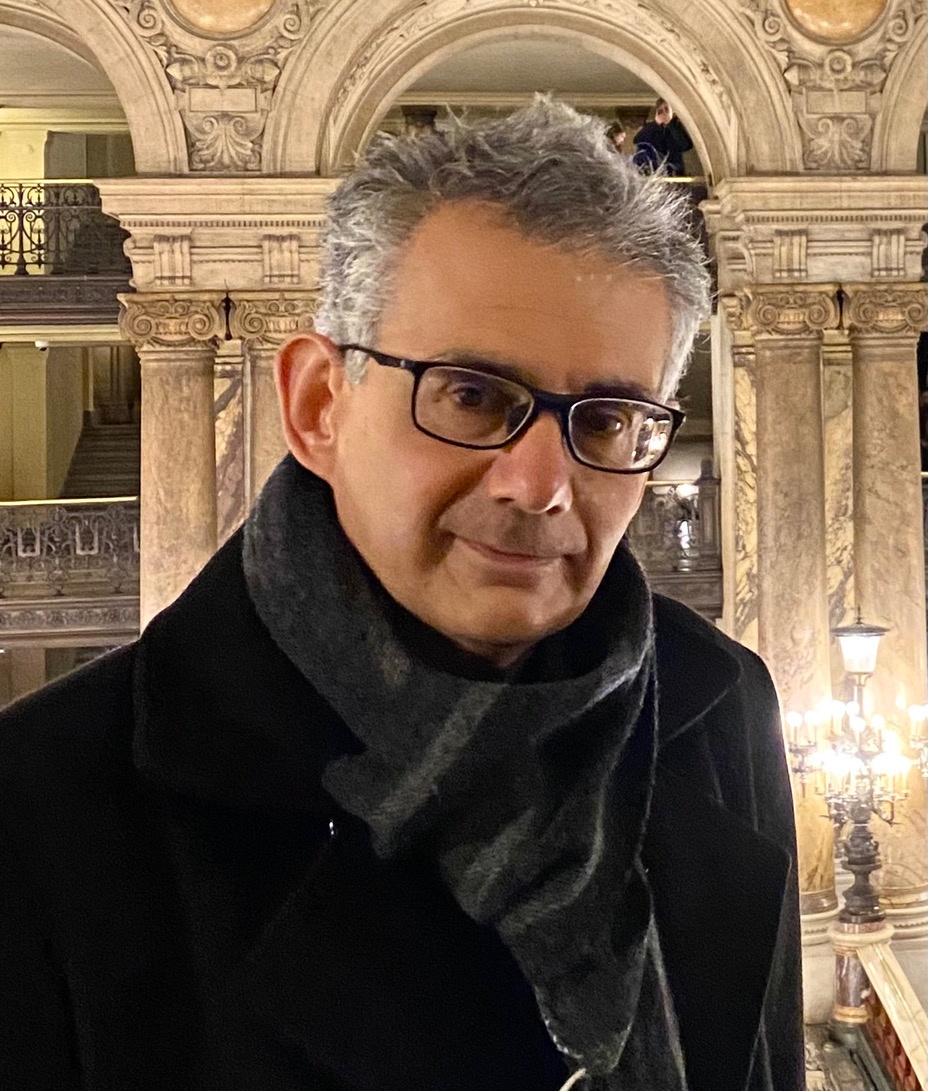
About the lecturer: Ilijas Farah received Ph.D. in 1997 from the University of Toronto under the supervision of Stevo Todorčević. He was a Postdoctoral Fellow at York University, a Hill Assistant Professor at Rutgers University, and a professor at CUNY graduate center and College of Staten Island. He is currently the Research Chair in Foundations of Operator Algebras at York University in Toronto and a professor at the Mathematical Institute of the Serbian Academy of Sciences and Arts. He received numerous awards for his work, which focuses on applications of logic in the theory of operator algebras, such as the Sacks prize for the best doctorate in mathematical logic, Governor General's gold medal (also for his doctorate), dean's award for outstanding research, and the Faculty Excellence in Research award at York University. In 2014 he was an invited speaker at the International Congress of Mathematicians in Seoul. Math genealogy webpage lists 7 of his graduate students.
Lecture abstract: In the early years of the 20th century, Weyl initiated study of compact perturbations of pseudo-differential operators. The Weyl–von Neumann theorem asserts that two self-adjoint operators on a complex Hilbert space are unitarily equivalent modulo compact perturbations if and only if their essential spectra coincide. Berg and Sikonia (independently) extended this result to normal operators. New impetus to the subject was given in 1970s by Brown, Douglas, and Fillmore, who replaced single operators with (separable) C*-algebras and realized that compact perturbations can be considered as extensions by the ideal of compact operators. After passing to the quotient (the Calkin algebra, Q) and identifying an extension with a *-homomorhism into Q, analytic methods had been supplemented with methods from algebraic topology, homological algebra, and (most recently) logic. Around the same time, Shelah proved one of his many influential results, by showing that the assertion “all automorphisms of l∞/c0 are trivial” is relatively consistent with ZFC. Surprisingly, these two directions of research are intimately connected. This talk will be about rigidity of quotient structures, and it is partially based on the preprint Corona rigidity (2022, arXiv:2201.11618) coauthored with Ghasemi, Vaccaro, and Vignati, and some more recent results.
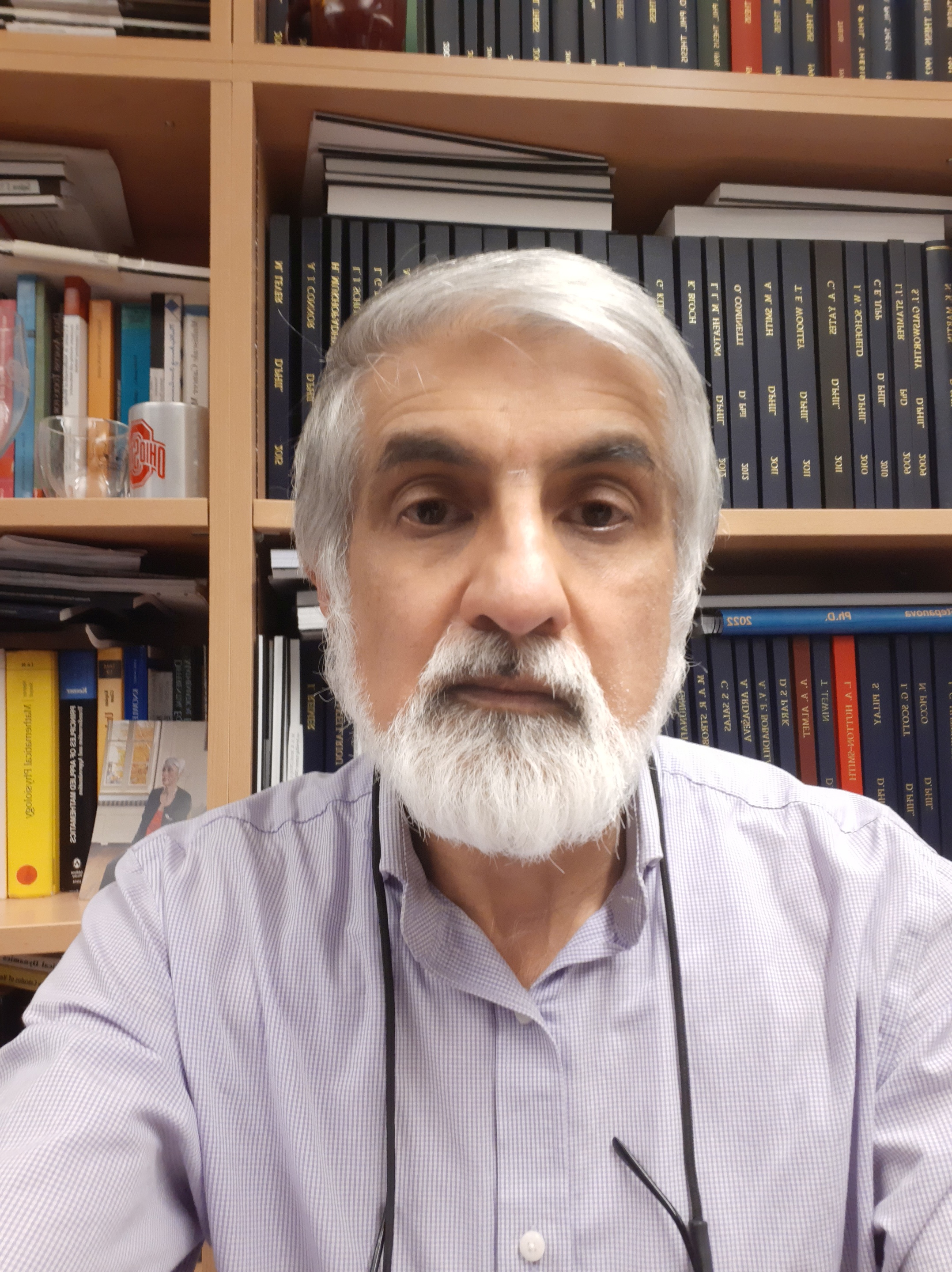
About the lecturer: Philip K. Maini received his B.A. in mathematics from Balliol College, Oxford, in 1982 and his D.Phil in 1985 under the supervision of Prof J.D. Murray, FRS. In 1988 he was appointed Assistant Professor in the Mathematics Department at the University of Utah, Salt Lake City. In 1990 he returned to Oxford as a University Lecturer and in 1998 was appointed Professor of Mathematical Biology by Recognition of Distinction and Director of the Wolfson Centre for Mathematical Biology. In 2005 he was appointed Inaugural Statutory Professor of Mathematical Biology. He is a SIAM Fellow, a Fellow of the Royal Society of Biology (FRSB), Fellow of the Royal Society (FRS), and Fellow of the Academy of Medical Sciences (FMedSci). He has been awarded a number of prizes, including the London Mathematical Society (LMS) Naylor Prize, the Society of Mathematical Biology (SMB) Arthur T. Winfree Prize and the Institute of Mathematics and its Applications (IMA) Gold Medal. His present research projects include the modelling of collective cell movement in embryology and disease, as well as pattern formation in early development.
Lecture abstract: Collective cell movement is a common occurrence in biology, playing a vital role in embryonic development, repair (wound healing) and disease (for example, cancer). It is now clear that phenotypic heterogeneity plays a very important role in many phenomena that involve cell movement. In this talk, I will use mathematical modelling to address some open questions in cancer cell invasion and cranial neural crest migration, in which the interplay between different cell types is vital.
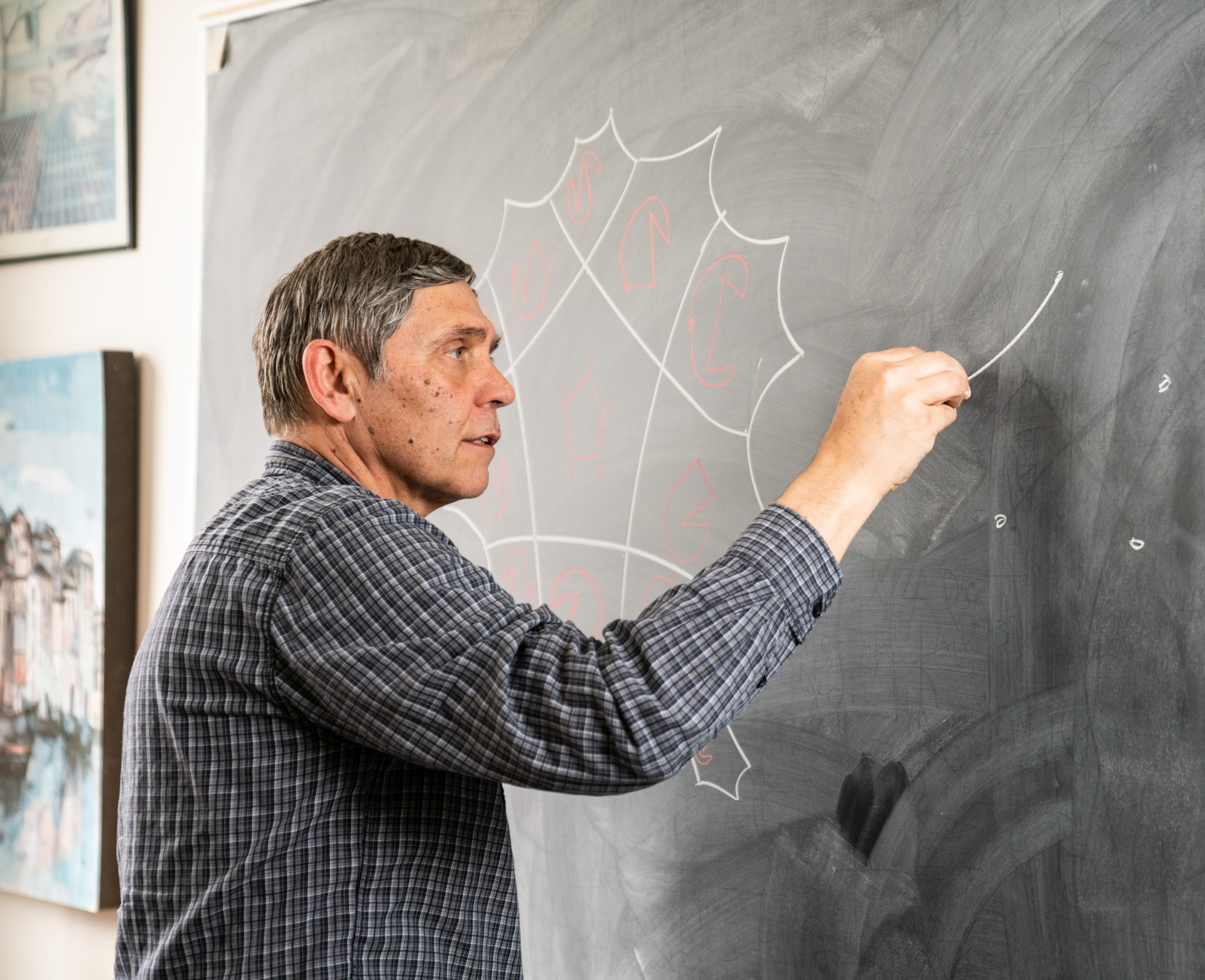
About the lecturer: Mladen Bestvina graduated in Zagreb, under the supervision of Sibe Mardešić. In 1982, he enrolled in the Ph.D. program at the University of Tennessee, Knoxville, where he received his doctorate already in 1984 under the mentorship of John Walsh. In the dissertation he solved the problem of topological characterization of higher-dimensional universal Menger compacta. He was a visiting scholar at Berkeley, Princeton, and IHES. He held a position at the University of California, Los Angeles for 9 years. Since 1993, he has been a full professor at the University of Utah in Salt Lake City, where he became a distinguished professor in 2008. He published many times in the most prestigious mathematical journals, such as Annals of Mathematics, Journal of the AMS, and Inventiones Mathematicae. He was also an editor of several of the most respected mathematical journals. It is difficult to list all his mathematical contributions. For example, in addition to the aforementioned solution of the conjecture on Menger spaces, there are also, the Farrell-Jones conjecture for mapping class groups (in co-authorship with Bartels) and the verification of the Tits alternative for the external automorphism group of a free group (co-authored with Feighn and Handel). He was a plenary speaker at the International Congress of Mathematicians in 2022 and, before that, an invited speaker at the 2002 Congress in Beijing. Already at the beginning of his career, he was awarded the Sloan Fellowship and the Presidential Young Investigator Award. He has been an honorary member of the American Mathematical Society from the very beginning of this initiative, the so-called inaugural AMS fellow. He is a corresponding member of the Croatian Academy of Sciences and Arts. The "Mathematics Genealogy Project" webpage lists 20 of his doctoral students.
Lecture abstract: The talk will be an introduction to basic properties of mapping class groups with an emphasis on spaces where they act. I will also point out analogies with lattices in simple Lie groups. If there is time at the end, I will describe some of my own work with Bromberg and Fujiwara on the asymptotic dimension of mapping class groups.
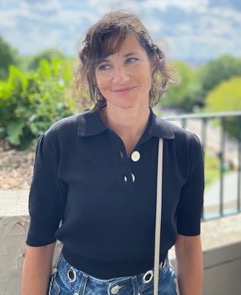
About the lecturer: Anne Moreau is a full professor at the Laboratoire de Mathématiques d’Orsay and a scientific director of the Jacques Hadamard Library in Orsay (Paris-Saclay University). Her scientific expertise consists of several diverse topics, including representation theory, vertex algebras and algebraic geometry. She gave numerous courses on those topics, organized a few workshops, supervised several doctoral students, while currently she is preparing a book “Arc spaces and vertex algebras” with Tomoyuki Arakawa. She also manages or serves in editorial boards of several prestigious journals, such as “Algebras and Representation theory”, “Collection Panaromas et Synthèses de la SMF”, and “Publications Mathématiques de Besançon”.
Lecture abstract: To any vertex algebra one can canonically attach a certain Poisson variety called the associated variety. It is an important invariant which plays a role analogous to associated varieties of primitive ideals of the enveloping algebra for simple Lie algebras. Vertex algebras whose associated variety has only finitely many symplectic leaves are called quasi-lisse. They enjoy remarkable properties and appear in the 4D/2D duality in physics. This talk will give an introduction to the theory through various examples and applications.
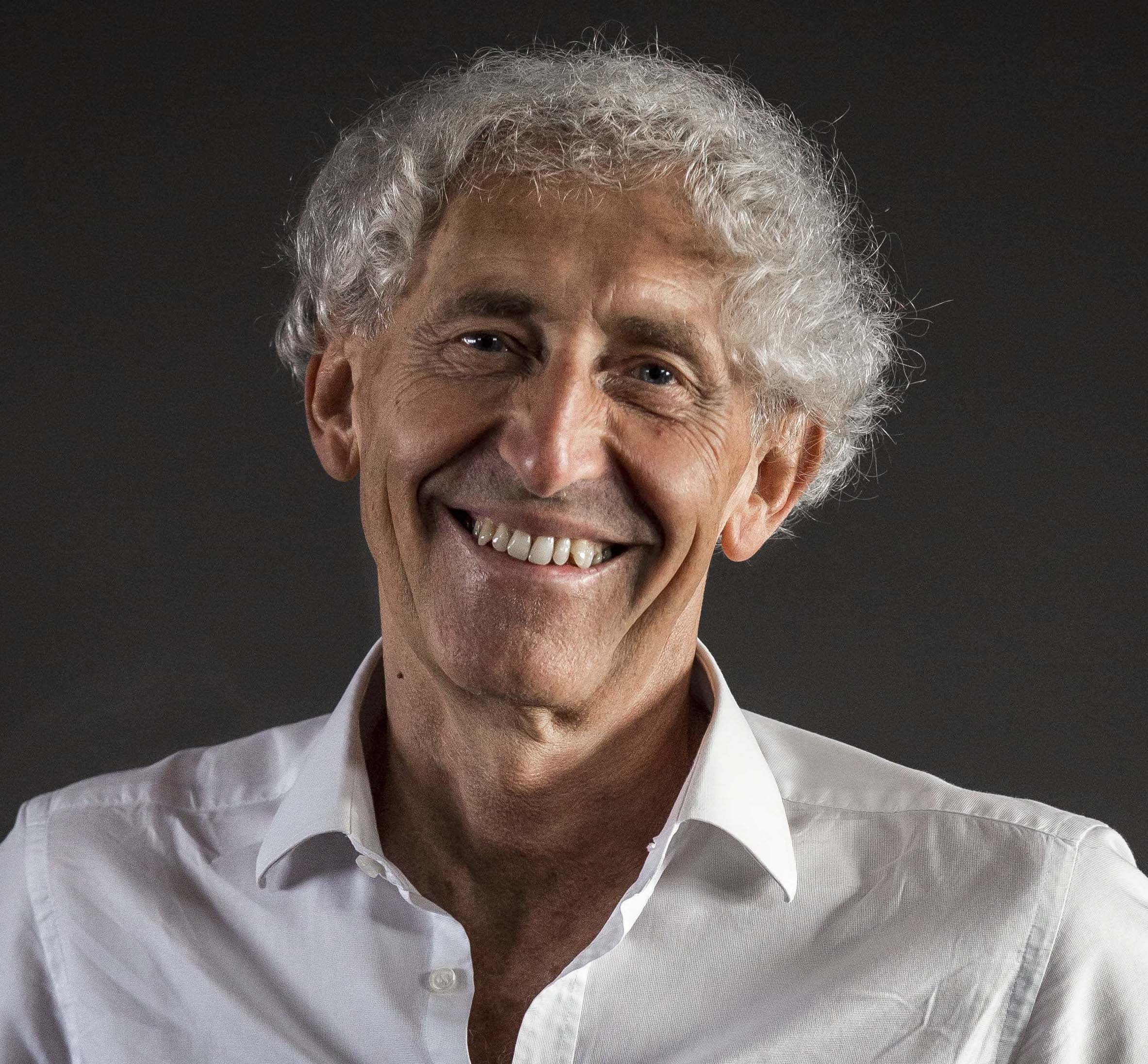
About the lecturer: Alfio Quarteroni is Professor of Numerical Analysis and Director of MOX at the Politecnico of Milan (Italy) and Emeritus Professor at EPFL, Lausanne. He is co-founder (and President) of MOXOFF, a spin-off company at Politecnico of Milan (2010). He is a member of Accademia Nazionale dei Lincei, the European Academy of Science, the Academia Europaea, the Lisbon Academy of Science, and the Italian Academy of Engineering and Technology. He was ranked n.48 worldwide, n.1 in Italy according to Top Mathematics Scientists 2022 His research group at EPFL has carried out the mathematical simulation of the Alinghi yacht, the winner of two editions (2003 and 2007) of the America’s Cup. Among his awards and honours are the NASA Award for the pioneering work in Computational Fluid Dynamics in 1992, the Ghislieri prize, 2013, the International Galileo Galilei prize for Sciences 2015, the ECCOMAS Euler Medal 2022, the ICIAM Lagrange Prize 2023.
Lecture abstract: This presentation will focus on an integrated numerical model to simulate the cardiac function. Physics-based models will represent the backbone of our approach, however their synergistic use with data driven models will be addressed as well. Applications to several problems of clinical relevance will be discussed. References [1] A. Quarteroni, L. Dede’ and F. Regazzoni, Modeling the cardiac electromechanical function: a mathematical journey, Bullettin of the American Mathematical Society 59 (3) (1922), pp.371-403, [2] S. Fresca, A. Manzoni, L. Dede` and A. Quarteroni, POD-enhanced deep learning-based reduced order models for the real-time simulation of cardiac electrophysiology in the left atrium, Frontiers in Physiology, 2022, in press [3] R. Piersanti, F. Regazzoni, M. Salvador, Antonio F. Corno, L. Dedè, C. Vergara and A. Quarteroni, A 3D-0D closed-loop model for the simulation of cardiac biventricular electromechanics, 2021, Comput. Meth. Appl. Mech. Engrg., in press [4] F. Regazzoni, M. Salvador, L. Dede’, and A. Quarteroni, A machine learning method for real-time numerical simulations of cardiac electromechanics, Comput. Meth. Appl. Mech. Engrg, in press, 2022 [5] L. Cicci, L. Fresca, S. Pagani, A.Manzoni and A.Quarteroni, Projection-based reduced order models for parametrized nonlinear time-dependent problems arising in cardiac mechanics, Mathematics in Engineering, in press, 2022 [6] M. Salvador, F. Regazzoni, S. Pagani, L. Dede’, N. Trayanova and A. Quarteroni, The role of mechanoelectric feedbacks and hemodynamic coupling in scar-related ventricular tachycardia, Computers in Biology and Medicine, in press, 2022 [7] F. Regazzoni, S. Pagani and A. Quarteroni, Universal Solution Manifold Networks (USM-Nets): nonintrusive mesh-free surrogate models for problems in variable domains, Journal of Biochemical Engineering, 2022, in press [8] A. Quarteroni, L. Dede’, A. Manzoni and C. Vergara, Mathematical Modelling of the Human Cardiovascular System. Data, Numerical Approximation, Clinical Applications. Cambridge University Press, 2019
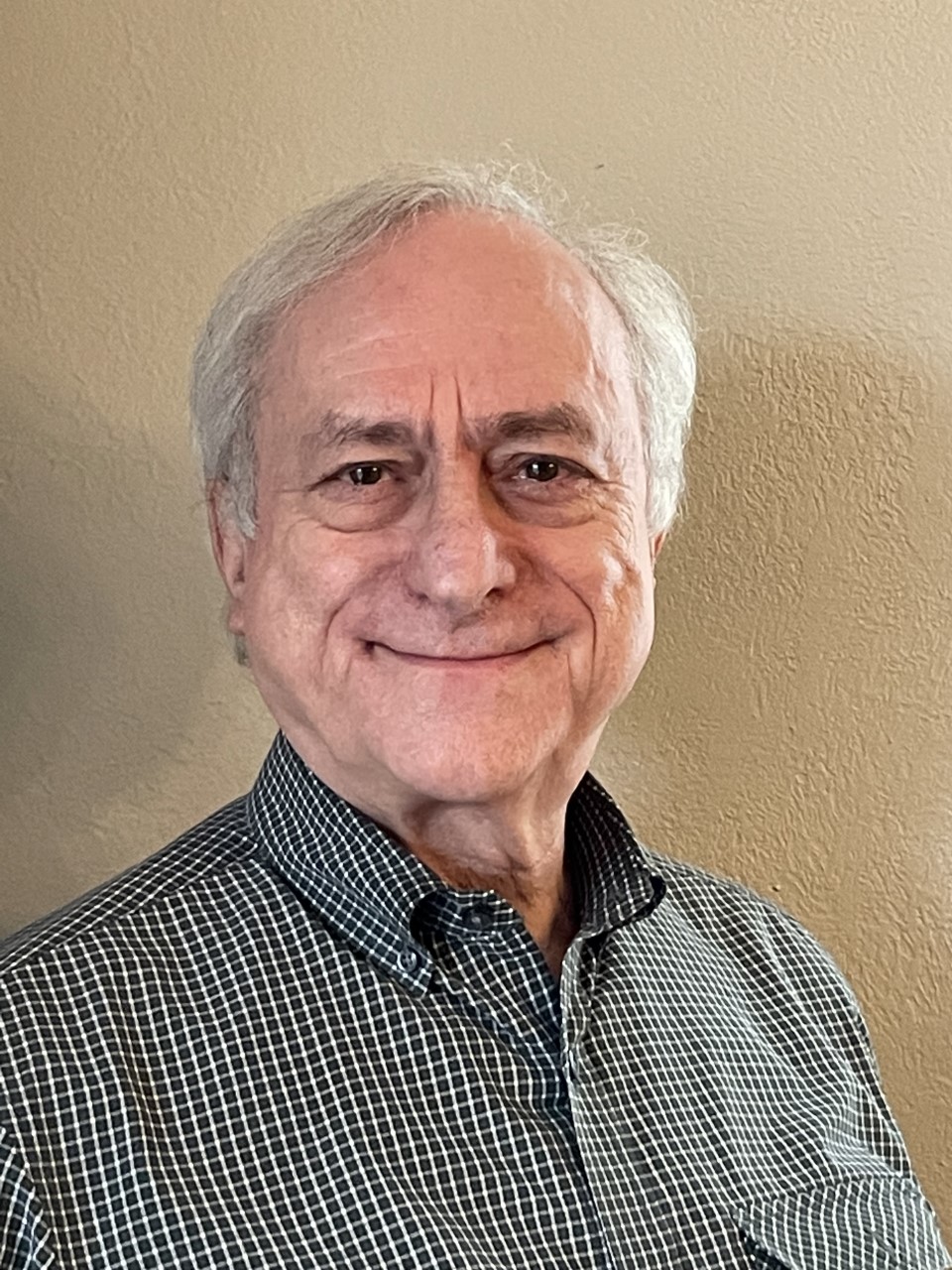
About the lecturer: Giovanni P. Galdi is Distinguished Research Professor of Mechanical Engineering and Materials Science, the Leighton E. and Mary N. Orr Professor of Engineering, and Professor of Mathematics at the University of Pittsburgh. He is also Honorary Professor in the TATA Institute of Fundamental Research, India, the Technical University of Darmstadt, Germany. He has been Distinguished/Chair Visiting Professor in several academic institutions in UK, USA, Canada, South Africa, China, Japan, India, Germany, Czech Republic, Russia, France, Portugal, Italy, and Switzerland. He is currently a member of the Editorial Board of several scientific Journals, including European Journal of Mechanics B/Fluids, and Nonlinear Analysis. He is also co-founder and Editor in Chief of the Journal of Mathematical Fluid Mechanics, of the Series Advances in Mathematical Fluid Mechanics, and Lecture Notes in Mathematical Fluid Mechanics. He has (co) authored over 200 peer-reviewed journal articles, and 9 books, and (co) edited 18 books, mostly dedicated to fluid mechanics. He is also the three-time recipient of the Mercator Award from Deutsche Forschungsgemeinschaft (German Research Foundation) in the years 2003, 2009 and 2014 for his “outstanding contributions to Mathematical Fluid Mechanics.”
Lecture abstract: The flow of viscous fluid around structures is a fundamental problem that lies at the heart of the broad research area of Fluid-Solid Interaction. A main feature of this problem regards the study of the oscillations (vibrations) produced by the fluid on the structure. In fact, they may lead either to useful and pleasant effects, like ringing wind chimes or Aeolian harps, or else destructive consequences, such as damage or even collapse of the structure. Regarding the latter, of particular significance is the phenomenon of forced oscillation of suspension bridges, induced by the vortex shedding of the fluid (air), which reflects into an oscillatory regime of the wake. When the frequency of the wake approaches the natural structural frequency of the bridge, a resonant phenomenon may occur that could culminate into structural failure. A very well-known and infamous example of this phenomenon is the collapse of the Tacoma Narrows bridge. In this presentation we will provide a rigorous, and to an extent rather complete, mathematical analysis of flow-induced oscillations on classical models proposed by the current engineering literature. Among other things, this analysis shows that, at least for the commonly adopted models, a dramatic structural failure cannot just be ascribed to resonance effects.
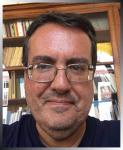
About the lecturer: Michele Benzi is full professor of Numerical Analysis at the Scuola Normale Superiore in Pisa. He was previously the Samuel Candler Dobbs Professor of Mathematics and Computer Science at Emory University, which he joined in 2000 after holding positions at the University of Bologna, CERFACS, and Los Alamos National Laboratory. His degrees are from the University of Bologna (1987) and North Carolina State University (1993). His research interests are in numerical linear algebra, with a focus on the solution of large sparse linear systems, especially preconditioning techniques for saddle point problems, and matrix functions. In recent years he has contributed algorithms for the numerical solution of the incompressible Navier-Stokes equations and for the analysis of complex networks. He serves on the editorial board of over 15 journals and he is a Fellow of the Society for Industrial and Applied Mathematics (elected 2012) and a Fellow of the American Mathematical Society (elected 2018). He was elected a member of the Academia Europaea in 2019.
Lecture abstract: Functions of matrices have long been an object of study in matrix theory, starting with the early works by Cayley and Sylvester laying the foundations of linear algebra. It is well known that matrix functions play an important role in the solution of systems of linear differential equations and more generally in many problems of mathematical physics. In recent years, matrix functions have found novel applications in the analysis of complex graphs (or networks), where they can be used to define graph metrics such as node centrality and communicability measures, to quantify the degree of bipartivity, and to study a variety of dynamical processes. Through these problems, matrix functions have found widespread application in the most disparate fields including brain physiology, social network analysis, transportation networks, cell biology, bibliometry, and many others. In this talk I will give a survey on matrix functions, together with some examples of their use in Network Science. The talk is self-contained and requires only a basic knowledge of linear algebra and analysis.
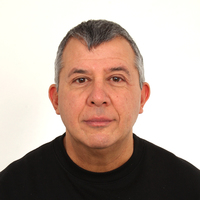
About the lecturer: Andro Mikelić was born in Split, Dalmatia, Croatia where he completed his basic education. He graduated from the Faculty of Natural Sciences and Mathematics, University of Zagreb, Croatia and obtained his Ph.D. degree in mathematics in 1983 from the same university. He was awarded the Leverhulm Trust postdoctoral positions at the Imperial College, London and at the University of Sussex in 1986-1987 and the Fulbright and Humboldt scholarships in 1991 and 1992. Since 1992, he has been a Professor of applied mathematics at the Université Claude Bernard Lyon 1, Lyon, France. He became a Full Professor at same university in 2000 and a Full Distinguished Professor in 2011. From July 2002 to July 2006 he was the Vice Chairman of the Faculty of Mathematics (l'UFR Mathématiques), Université Lyon Claude Bernard Lyon 1. From January 2011 to December 2013 he was awarded the W. Romberg Guest Professorship at the Universitat Heidelberg. In 2012, he was awarded the Interpore Procter and Gamble Award for Porous Media Research. Since June 2014, he is a corresponding member of the Croatian Academy of Sciences and Arts. He has published more than 177 research papers with many different coauthors and his research activities include: Homogenization theory and applications (Research on homogenization of the pore level Navier- Stokes and Euler equations and equations describing multiphase flows through porous media, with the goal of finding effective filtration laws. Determination of effective constitutive laws at the interfaces porous medium / free fluid and the wall laws describing rough boundaries. Stochastic homogenization. Blood flow modeling. Reactive flows with dominant Péclet and Damkohler numbers) and PDEs in fluid mechanics. See http://scholar.google.fr/citations?hl=fr&user=T2fX7akAAAAJ&view_op=list_works
Lecture abstract: The homogenization theory has been applied with success to provide effective mathematical models for the composite materials, porous media and other heterogeneous structures. By considering simultaneously models at different scales, the homogenization theory allows to derive an efficient macroscopic model which preserves the accuracy of the microscopic models. Since early seventies, it was possible to develop several analysis tools as the energy method of Tartar, the two-scale-convergence, Bloch's waves and so on. They were applied with success to problems from sciences and engineering. Nevertheless, these techniques break down in the presence of interfaces and rough boundaries. Namely, the homogeneity is broken in the normal direction and the basic ideas of the 2-scale expansions are not applicable. The remedy consists in including the boundary layer effects. The aim of the lecture is to present results on the interface laws between porous media flows and a free viscous flows and on the computation of the effective slip over a rough boundary.
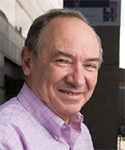
About the lecturer: Professor Victor Kac received his A.B. in 1965 and his PhD in 1968 from Moscow State University. Ernest Vinberg was his scientific advisor. Professor Kac taught at the Moscow Institute of Electronic Machine Building in 1968-1976 prior to emigrating to the US and joining MIT mathematics faculty in 1977 (professor 1981). The reaserch of Professor Kac primarily concerns representation theory and mathematical physics. His work on Kac-Moody algebras and on Lie superalgebras has been instrumental in the development of quantum field theory, string theory and the theory of integrable systems. He published 5 books and over 150 articles in mathematics and physics journals. A prior Sloan and Guggenheim fellow, Professor Kac received the medal of the College de France (1981), and the Eugene Wigner medal (1994) "in recognition of work on affine Lie algebras that has had wide influence in theoretical physics". He received a number of distinguished research appointments: the Chaire Condorcet at Ecole Normale Superieure (1998), the Sackler Fellowship, IHES (1999), the Simons Research Visiting Professorship, MSRI (2002), and the Sarojini Damadaran Fellowship, Tata Institute for Fundamental Research (2003), and the Simons Fellowship (2012). Professor Kac was a plenary speaker at the AMS centennial conference in 1988 and at the ICM in 2002. He is an honorary member of the Moscow Mathematical Society (1998), fellow of the American Academy of Arts and Sciences (2007), and member of the National Academy of Sciences (2013). In 2015, he received the Steele Prize for Llifetime Achievement of the AMS. In 2019 he received a Simons Fellowship in Mathematics.
Lecture abstract: The basic results on representation theory of quivers will be reminded, including connections to Kac-Moody Lie algebras. The proof that one can verify in polynomial time whether a representation of a quiver is absolutely indecomposable will be outlined. Relation to the P vs NP problem will be explained.
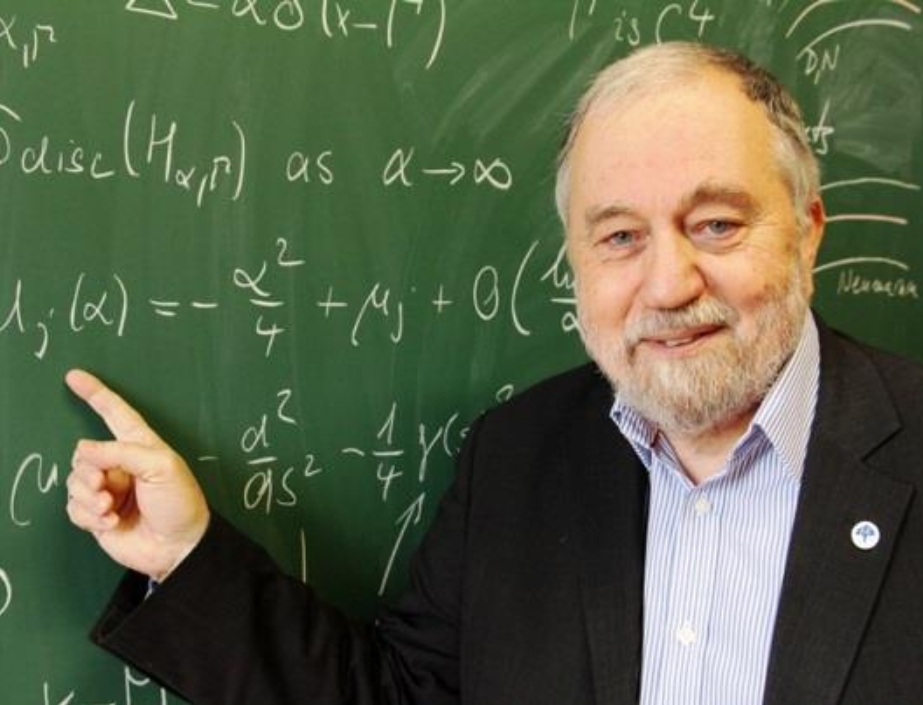
About the lecturer: Pavel Exner is the scientific director at the Doppler Institute, Prague, Czech Republic. He graduated from the Charles University and obtained a DrSc degree from the JINR Dubna institute in 1990. He worked at the Charles University, Joint Institute for Nuclear Research, Dubna and is currently employed at the Czech Academy of Sciences. His research is concerned with spectral and scattering properties of quantum waveguides, quantum mechanics on graphs and manifolds, decay and resonance effects. He held the following offices in the international organizations: European Math. Society: Vice-president 2005-10, President 2015-18. International Association of Mathematical Physics: Secretary 2006- 08, President 2009-11 IUPAP: Commission Secr. and Chair 2002-08, Vice-president 2005-08. European Research Council: Scientic Council Member since 2005, Vice-president 2011-14 Academia Europaea, Section Vice chair 2012-18, Chair since 2018. Selected awards include: JINR First Prize 1985, elected member of Academia Europaea 2010, Neuron Prize 2016.
Lecture abstract: This talk deals with relations between topology and spectra with the aim to show that a nontrivial topology of the configuration space can lead to a variety of spectral types. We focus on second order equations used to describe periodic quantum systems. Such a PDE in a Euclidean space has typically the spectrum which is absolutely continuous, consisting of bands and gaps, the number of the latter being determined by the dimensionality. If analogous second-order operators on metric graphs are considered, a number of different situations may arise. Using simple examples, we show that the spectrum may then have a pure point or a fractal character, and also that it may have only a finite but nonzero number of open gaps. Furthermore, motivated by recent attempts to model the anomalous Hall effect, we investigate a class of vertex couplings that violate the time reversal invariance. We find spectra of lattice graphs with the simplest coupling of this type and demonstrate that it depends substantially on the parity of the vertices, and discuss some consequences of this property.
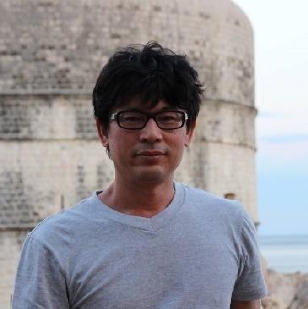
About the lecturer: Tomoyuki Arakawa is Professor at Research Institute for Mathematical Sciences (RIMS), Kyoto University, Japan (2010–). He was educated at Kyoto University and at Nagoya University, Japan. His research is concerned with representation theory and vertex algebras. He was awarded MSJ Takebe Katahiro Special Prize (2004), JSPS Young Scientist Prize (2008), MSJ Algebra Prize (2013), MSJ Autumn Prize (2017), and JSPS Prizes for Science and Technology (2019). He was an invited speaker at the International Congress of Mathematics in Rio de Janeiro in 2018.
Lecture abstract: Physical theories often predict interesting dualities in mathematics. In this lecture I will talk about a certain remarkable duality arising from 4-dimensional N=4 superconformal field theories in physics, which was recently discovered by Beem and Rastelli, inspired by a work of Anne Moreau and myself.

About the lecturer: Endre Süli is Professor of Numerical Analysis in the Mathematical Institute, University of Oxford, Fellow and Tutor in Mathematics at Worcester College, Oxford and Chair of the Faculty of Mathematics at the University of Oxford (2018--). He was educated at the University of Belgrade and at St Catherine's College, Oxford. His research is concerned with the mathematical analysis of numerical algorithms for nonlinear partial differential equations. Endre Süli is a Foreign Member of the Serbian Academy of Sciences and Arts (2009), Fellow of the European Academy of Sciences (2010), Fellow of the Society for Industrial and Applied Mathematics (SIAM, 2016) and Fellow of the Institute of Mathematics and its Applications (FIMA, 2007). Other honours include: Charlemagne Distinguished Lecture (2011), IMA Service Award (2011), Professor Hospitus Universitatis Carolinae Pragensis, (2012–), Distinguished Visiting Chair Professor Shanghai Jiao Tong University (2013–), President, SIAM UK and RI Section (2013–2015), London Mathematical Society/New Zealand Mathematical Society Forder Lecturer (2015), Aziz Lecture (2015), BIMOS Distinguished Lecture (2016), John von Neumann Lecture (2016). He was invited speaker at the International Congress of Mathematicians in Madrid in 2006, and was Chair of the Society for the Foundations of Computational Mathematics (2002–2005).
Lecture abstract: The mathematical analysis of numerical methods for partial differential equations (PDEs) is a rich and active field of modern applied mathematics. The steady growth of the subject is stimulated by ever- increasing demands from the natural sciences, engineering and economics to provide accurate and reliable approximations to mathematical models involving PDEs whose exact solutions are either too complicated to determine in closed form or, in many cases, are not known to exist. While the history of numerical solution of ordinary differential equations is firmly rooted in 18th and 19th century mathematics, the mathematical foundations of the field of numerical solution of PDEs are much more recent: they were first formulated in a landmark paper Richard Courant, Karl Friedrichs, and Hans Lewy published in 1928. The aim of the lecture is to survey recent developments in the area of numerical analysis of partial differential equations, focusing in particular on discontinuous Galerkin finite element methods, whose mathematical analysis has been an area of active research during the past decade.
